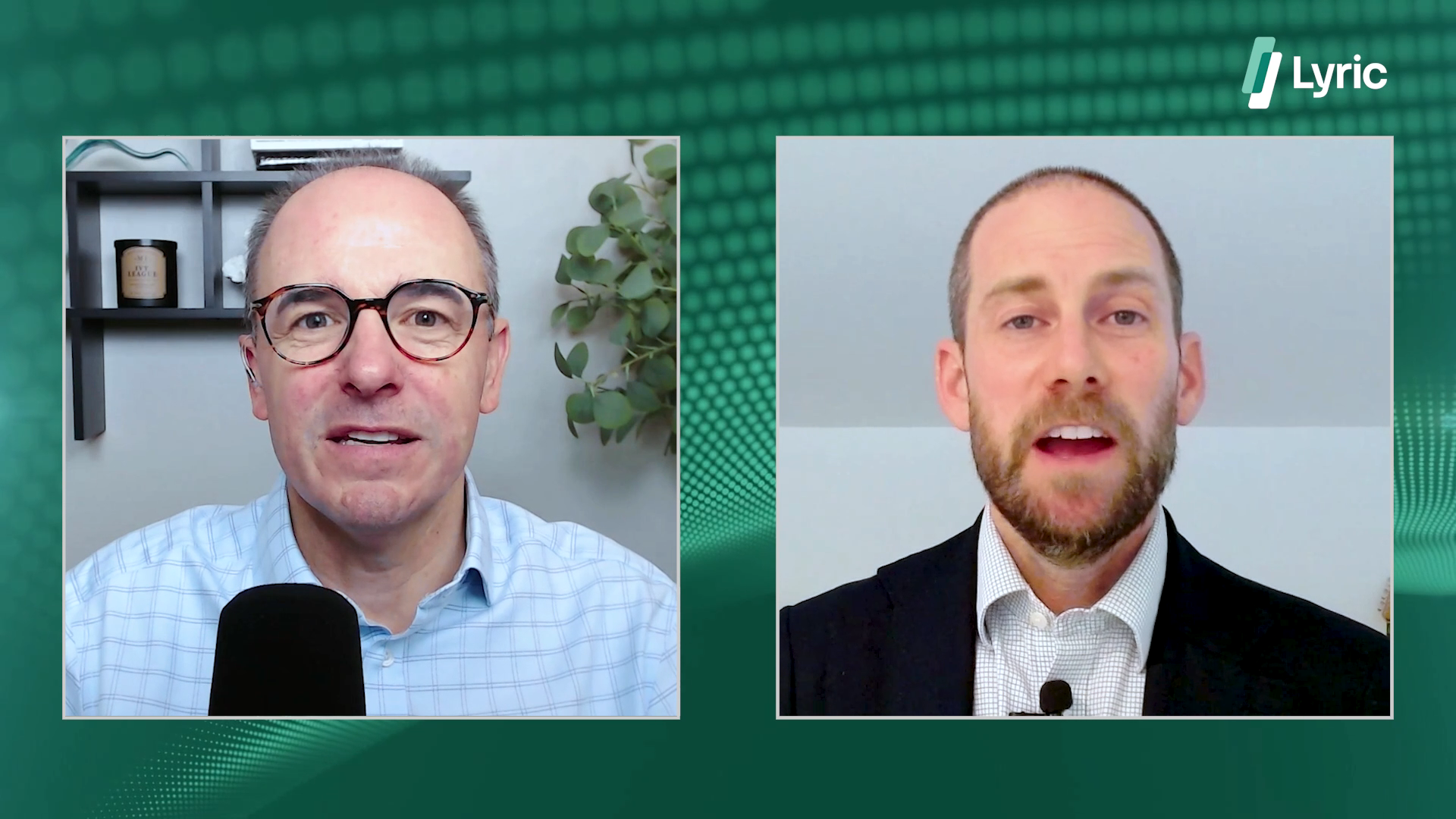The Next Era of Payment Integrity: Beyond Savings to Unlocking Value
Payment integrity and unlocking value aren’t just buzzwords; they’re guiding a whole new direction in healthcare. Instead of simply celebrating cost recoveries after claims are paid, health plans are looking at ways to add real, meaningful value before services even happen. According to Mike Spellman of Lyric, this isn’t about losing focus on financial savings, but rather about broadening how success is measured. Plans are beginning to factor in administrative costs, provider satisfaction, and member outcomes to understand what’s truly working—and what’s not.
This shift means making better use of advanced analytics and AI. Rather than relying on old methods where unnecessary care might slip through until a claim is filed, intelligent tools can now spot potential waste and errors ahead of time. By flagging these issues earlier, health plans can help prevent unneeded services and costly rework, while also giving providers clearer guidelines. That leads to fewer claim appeals, fewer billing questions, and more trust on both sides. And when members know their plan is working smarter—not just harder—they can have greater confidence in the care they receive.
What’s exciting is that payment integrity teams no longer operate in a vacuum. They’re starting to partner more closely with provider relations groups and member support teams. Everyone shares a common goal: deliver quality care at a fair cost. With greater collaboration, health plans can offer better preventive services, guide members toward the right providers, and even address health equity concerns by redirecting saved resources.
Admittedly, this new era demands changes in mindset and operations. But as organizations gain experience and fine-tune their approaches, they can create a more balanced measurement system—one that still values cost savings, but also considers what it took to achieve them. By looking beyond short-term numbers and toward long-term value, payment integrity becomes a powerful tool for improving healthcare as a whole.
Additional Videos



